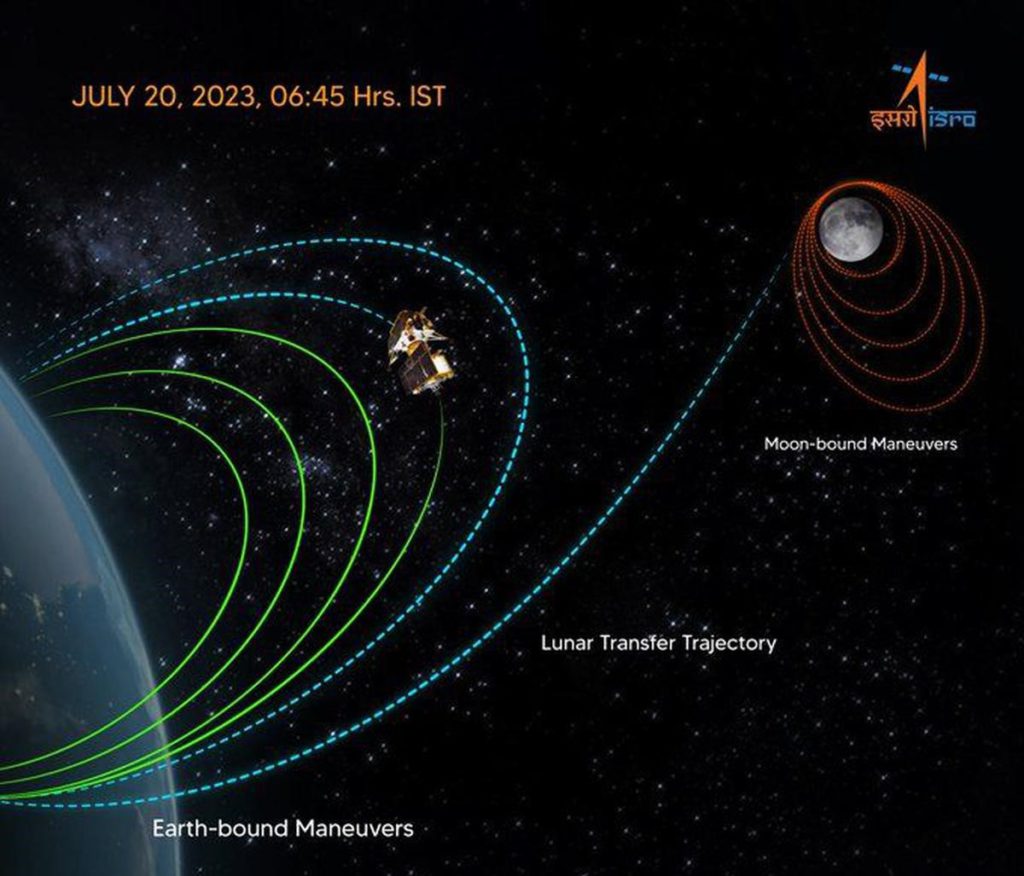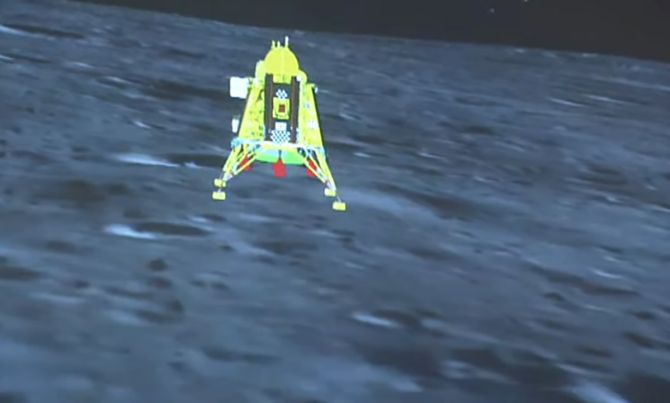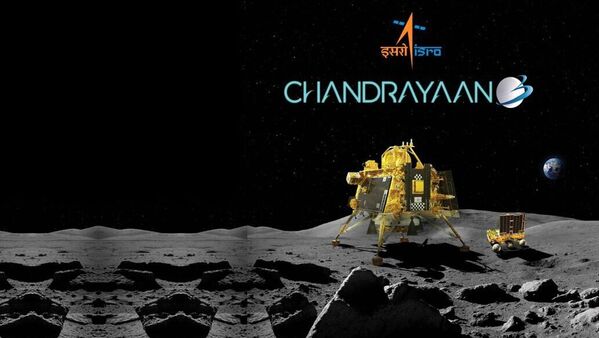A Historic Moment of India
Introduction
“The greatest success comes from most failures“—a saying that India has exemplified through its space endeavors. In a remarkable turn of events, India’s second Moon mission, Chandrayaan-2, faced a setback in 2019 when the Vikram lander lost contact during its descent to the lunar surface. However, this setback didn’t deter the spirits of India’s space agency, ISRO (Indian Space Research Organization). Instead, it fueled the ambition to conquer the Moon’s uncharted territory, leading to the birth of Chandrayaan-3.
Chandrayaan-3: A Mission of Resilience
Chandrayaan-3, the third lunar mission by ISRO, embodies a design philosophy rooted in resilience and learning from past failures. The mission’s chief objective is to demonstrate a safe and precise landing on the lunar surface, even in the face of potential failures. Professor Radhakant Padhi from the Indian Institute of Science, Bangalore, emphasizes that Chandrayaan-3 is designed to withstand various failure scenarios, ensuring success irrespective of adverse conditions.
A Shift in Design Philosophy
S. Somanath, the current chairman of ISRO, explains the shift in design philosophy for Chandrayaan-3. Unlike a success-based approach, ISRO adopted a failure-based design, meticulously considering potential failure points and strategizing to safeguard against them. The focus was on addressing sensor, engine, algorithm, and calculation failures. New test beds for simulation were introduced to analyze diverse failure scenarios, leading to a robust design that can withstand adversity.
Redemption in the Lunar Skies
Launched on July 14, 2023, from the Satish Dhawan Space Center in Sriharikota, Andhra Pradesh, Chandrayaan-3 embarked on a journey of redemption. The mission’s primary goals include achieving a secure and gentle landing, showcasing rover mobility on the lunar surface, and conducting in-situ scientific experiments.
Components of Chandrayaan-3
The spacecraft comprises three essential components: the orbiter, the lander (Vikram Lander), and the rover (Pragyan). The orbiter will continue its lunar orbit for a minimum of one year, gathering valuable data about the moon’s surface and atmosphere. The Vikram Lander aims to land in the challenging South Pole region of the moon, while the AI-equipped Pragyan rover will explore the lunar surface for up to 1 lunar day.
The Lunar Odyssey
The timeline of Chandrayaan-3’s journey is a testament to meticulous planning and execution.

- July 15: First orbit-raising maneuver
- July 17: Second orbit-raising maneuver
- July 22: Third orbit-raising maneuver
- July 25: Fourth orbit-raising maneuver
- August 1: Translunar Injection maneuver
- August 5: Lunar orbit entry
- August 9: Orbit circularization maneuver
Triumphant Landing and Beyond

On August 23, 2023, the world held its breath as Chandrayaan-3’s live telecast captured the historic lunar landing attempt. Vikram Lander’s successful touchdown on the moon’s south polar region marked a monumental achievement, echoing with applause and pride at ISRO’s Bangalore center.
Trailblazers of India’s Scientific Legacy
The success of Chandrayaan-3 symbolizes a significant stride in India’s space program. After the setback of Chandrayaan-2, ISRO’s scientists and engineers demonstrated unwavering dedication, resilience, and faith. This triumph not only celebrates India’s prowess in space exploration but also paves the way for future ambitious missions, including the Gaganyaan, India’s maiden human spaceflight endeavor.
A Sparkling Night for India
As the Indian flag flies high and the nation echoes “Vande Mataram,” Chandrayaan-3’s achievement marks a shining moment in India’s space odyssey. It reaffirms the spirit of learning from failures, transforming setbacks into stepping stones towards unprecedented success. With the lunar surface under its rover’s wheels, India’s scientific community stands tall as the true superstars of the nation, propelling India into a brighter and bolder era of space exploration.
Check out more..
- Accenture Off Campus Drive 2024 | Hiring for Application Developer | Opportunity for 2024/2023/2022 Graduates
- Wipro Off Campus Drive 2024 | Opportunity for Graduates
- Yash Technologies Off Campus Drive 2024 | Opportunity for 2024 & 2023 Graduates
- Oracle Off-Campus Drive 2024 | Hiring for Software Engineer | Opportunity for 2024, 2023 & 2022 Graduates
- Hitachi Off Campus Drive 2024 | Freshers Hiring | Opportunity as Associate Analyst
Stay ahead in the game and never miss out on exciting opportunities! Follow our social media handles for the latest updates on jobs, internships, and projects. Join our vibrant community of tech enthusiasts to unlock your potential and discover a world of endless possibilities. Let’s embark on this journey together!
| Join Our Telegram Channel | Click Here |
| Join Our WhatsApp Group | Click Here |
| Follow us on LinkedIn | Click Here |
| Follow us on Facebook | Click Here |
| Follow us on Instagram | Click Here |








